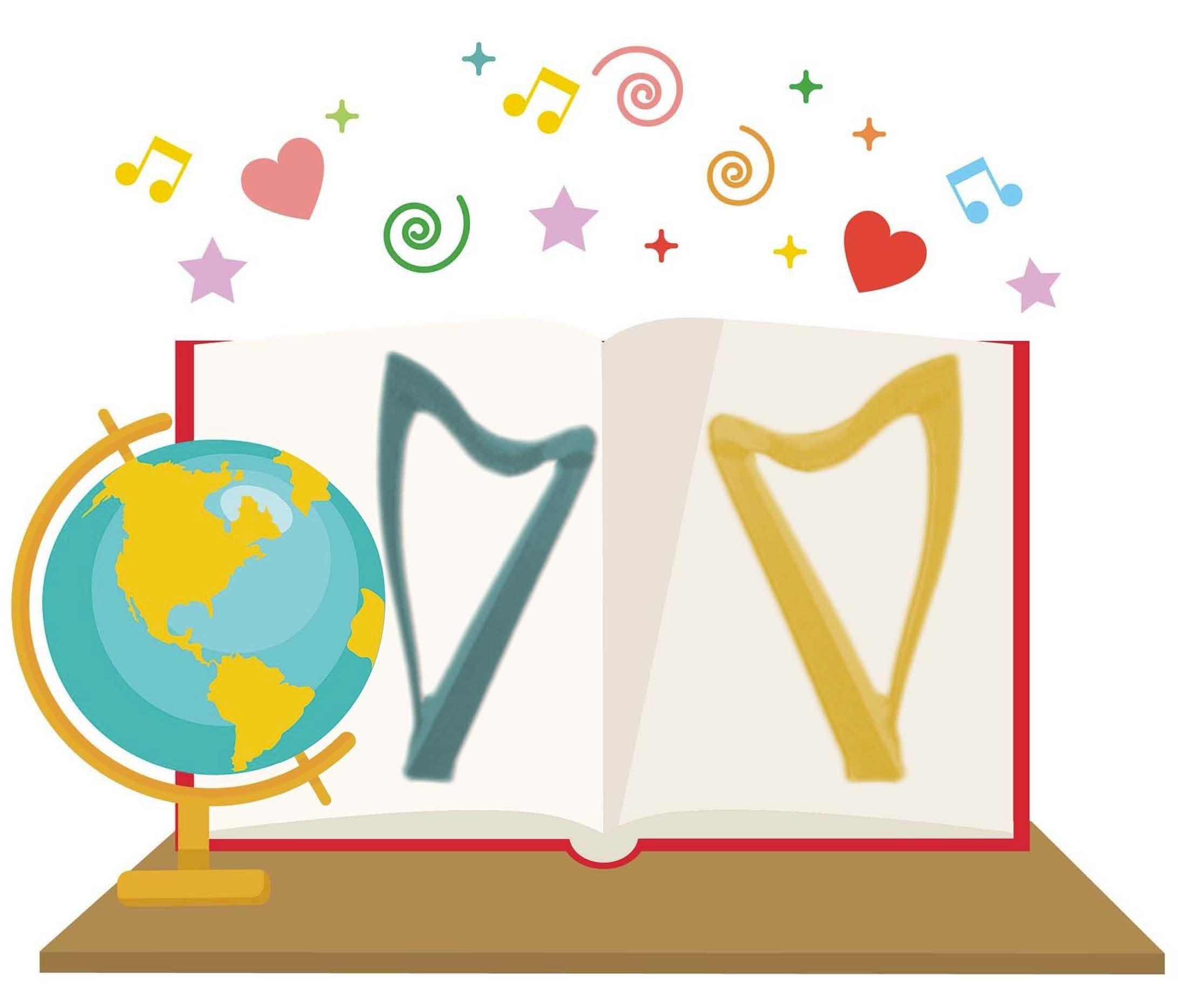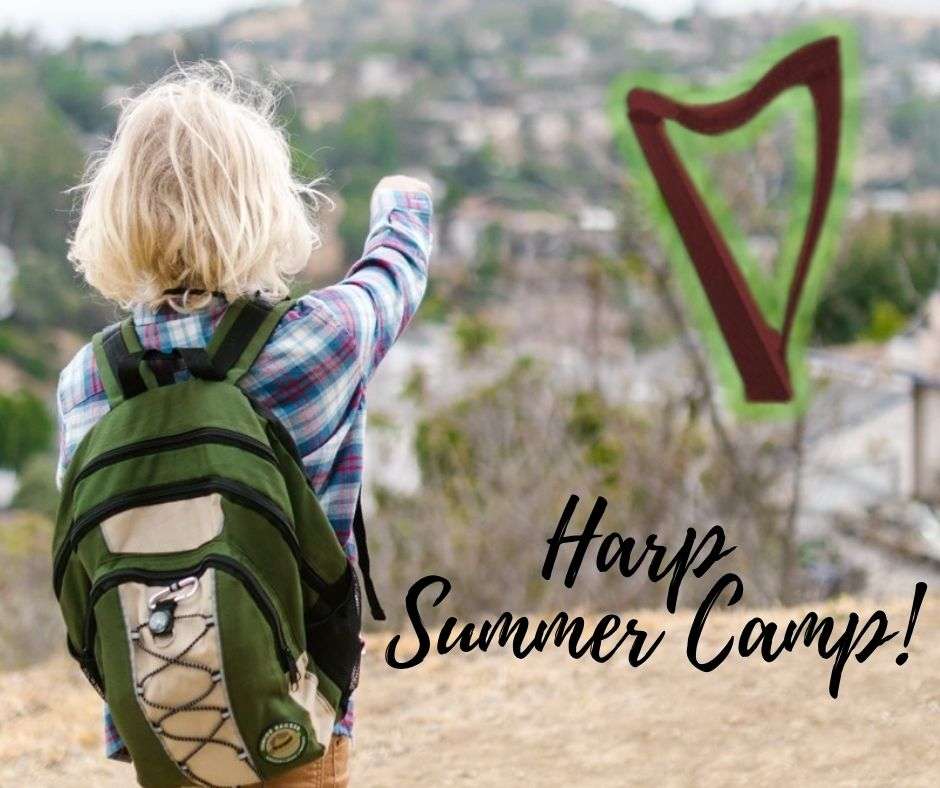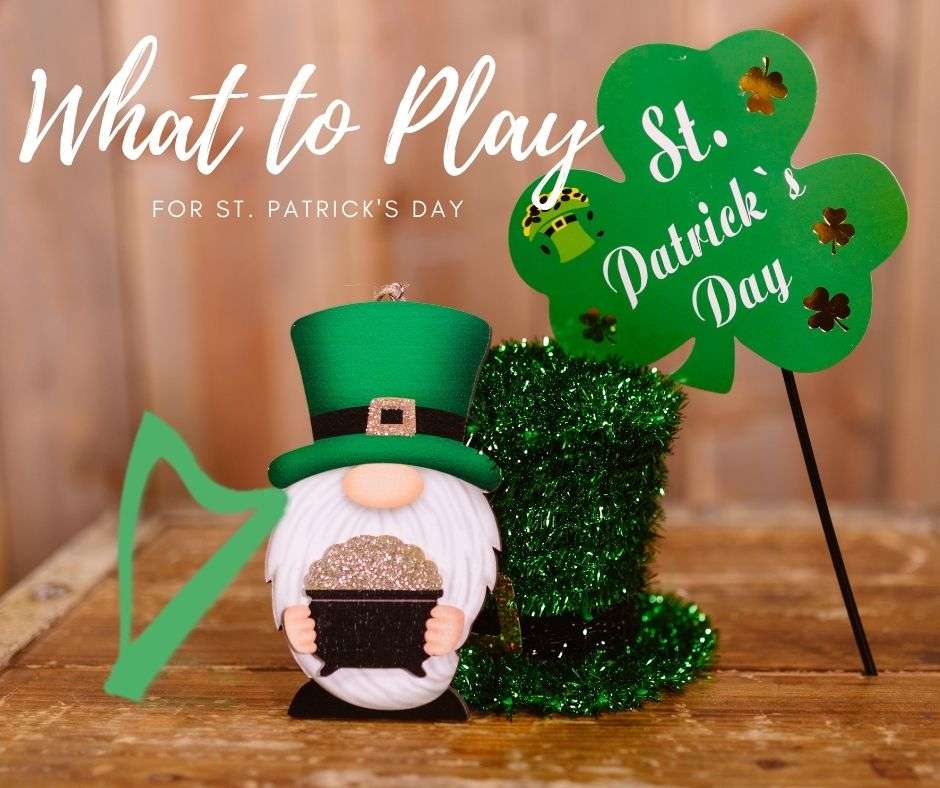The other day, someone asked me when do you stop taking lessons? Sounds like an easy enough question. If only.
There are a lot of reasons to stop taking lessons – money, time, fit with the teacher, and more. Money I can’t do anything about for you, so we’ll just glide past that.
 First, let’s get time off the table and let’s separate time available and time duration. We have to assume that you have time available – both for lessons and for practicing between lessons. As for time duration, you can’t really expect to set a timetable. If you’ve been playing the harp any length of time, then you already know that learning the harp is anything but a linear process. And that some things feel easy while others feel like insurmountable obstacles. If you haven’t been at it for long, you might still think that there’s an end – a point at which you’ll have nothing left to learn (quick hint – there is no end). Those of us who have had more experience already know – you will always have something more to learn!
First, let’s get time off the table and let’s separate time available and time duration. We have to assume that you have time available – both for lessons and for practicing between lessons. As for time duration, you can’t really expect to set a timetable. If you’ve been playing the harp any length of time, then you already know that learning the harp is anything but a linear process. And that some things feel easy while others feel like insurmountable obstacles. If you haven’t been at it for long, you might still think that there’s an end – a point at which you’ll have nothing left to learn (quick hint – there is no end). Those of us who have had more experience already know – you will always have something more to learn!
OMG – is she saying that I’ll be taking weekly lessons forever?! No, that’s not what I’m saying. That’s not the right question.
The better question is:
What are lessons for?
There are at least four reasons for lessons:
Lessons can give you a foundation. The harp isn’t easy to play. It requires finesse and skill to play well. A teacher in regular lessons can help you build the foundations you can grow from so that you can (eventually) play the music you are moving toward.
Lessons can help to protect you – Leon Fleischer called musicians “athletes of the small muscles” and in lessons you’ll typically learn good technique which can help protect you from injury.
Lessons can teach you a framework – We don’t make music in a vacuum and lessons can help you build your own framework from which you can develop your musicality and musicianship.
Lessons can help you learn to teach yourself – I’m going to let you in on a dirty little secret – teachers don’t want to have you in lessons forever! (for a lot of reasons) But no teacher will want to “graduate” you until you have learned how to teach yourself.
A teacher can use the time in lessons to help you navigate the pratfalls of playing, make clear those things that are opaque, and illuminate the path so you make progress faster.
Of course, the flip side is just as important. So another good question is:
What are lessons not for?
There are at least four things lessons aren’t for:
Lessons are not to keep you motivated to keep playing. In the end, music is a solo pursuit. Even if you’re in a group, ensemble, band, or orchestra, there’s only you playing the harp. Only you can motivate you to play and while lessons might contribute to your motivation, they will not act as your sole motivation.
Lessons are not to provide you with accountability. Relatedly, if you only practice because you’re afraid to look bad at a lesson, you haven’t solidified your self-accountability. Lessons won’t change that.
Lessons are not to keep feeding you music. While we expect child students to need a lot of guidance on music, adult students would have increasingly greater latitude in music selection – which would include selecting the music you want to move toward. But you need to figure out what that is for you.
Lessons are not to prevent you from being a responsible musician. Lessons are not a substitute for thinking for yourself (ref earlier comment about teachers wanting to help you learn to teach yourself). This goes beyond selecting music and includes analyzing the music, self-critiquing (not self-criticizing!) your playing and developing your repertoire.
What other reasons are there to take lessons? And to not take lessons? Let me know what you think in the comments!



